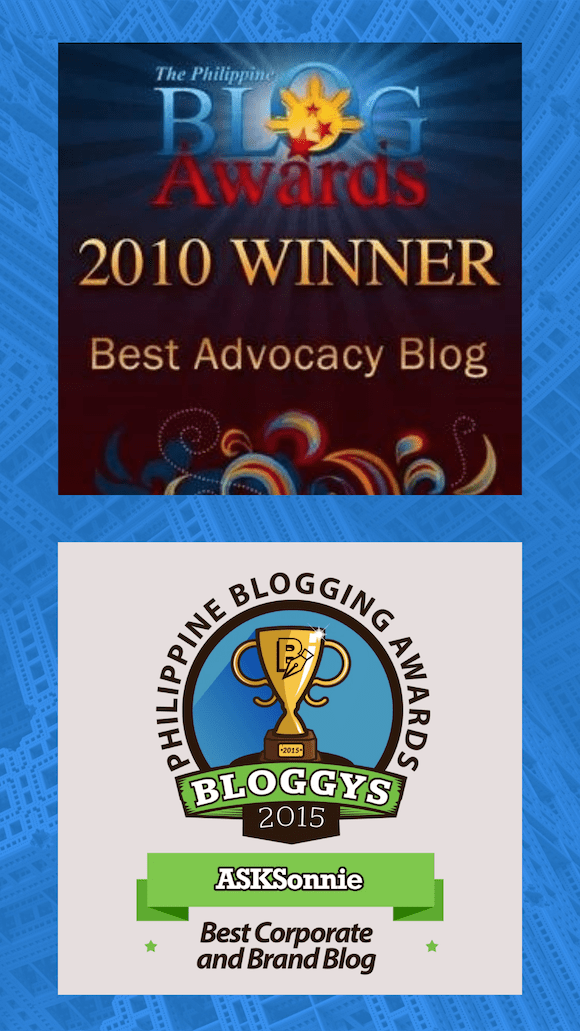For years, the Philippine economy has leaned on two major pillars: overseas remittances and BPO revenues. These have supported countless households and fueled national growth.
I recently attended PowerUpYourSuccess2025, and one key insight stood out: the Philippine economy is undergoing profound shifts — and businesses need to take notice.
For a long time, the Philippine economy has heavily relied on two main supports: money sent home by Filipinos working abroad and the income from the Business Process Outsourcing (BPO) industry. These have been crucial in helping countless families and driving the country’s growth.
But forces of change had alter this
✅ The U.S. is exploring taxes on remittances, potentially reducing household income back home.
✅ The BPO sector is seeing slower growth, with AI adoption reshaping service models and reducing traditional job creation.
✅ Rising national debt, because the government spends more than what it earns, points to possible tax increases, affecting both businesses and consumers.
As Proverbs 27:12 says, “The prudent see danger and take refuge, but the simple keep going and pay the penalty.”
Instead of waiting for these changes to hit us and our families, we must take proactive steps to protect and prepare ourselves. Here’s what that looks like in practice.
For Individuals and Families
✅ Prioritize Getting Out of Debt
Carrying high-interest debts (like credit cards, personal loans, or even unnecessary installment purchases) makes households vulnerable. If taxes rise or income drops (due to remittance cuts or job shifts), debt repayments become a heavier burden. Focus on paying off high-interest debts first, avoid taking on new liabilities, and shift toward a “save before you spend” mindset.
✅ Diversify Your Income
Relying on a single source of income (like a salary, remittance, or sideline) is risky in a shifting economy. Look for ways to create additional streams — part-time freelancing, small businesses, online gigs, or investment income. This doesn’t mean overwhelming yourself, but building resilience through income variety.
✅ Build Your Savings
Uncertainty can hit anytime — through layoffs, rising prices, or emergencies. Strengthen your emergency fund to cover at least 3–6 months of essential expenses. Review your spending, cut unnecessary costs, and commit to saving consistently, no matter how small the amount.
✅ Learn New Skills
The world of work is evolving rapidly, especially with AI and automation. Ask yourself: If my current job changes or disappears, what else can I offer? Invest time in learning digital tools, communication skills, project management, or even entrepreneurship. Many affordable or free learning resources are available online to help you stay employable and open new doors.
For Companies and Business Leaders
Businesses, too, should not wait passively. It’s time to strengthen foundations and build adaptability:
✅ Strengthen Balance Sheets and Reduce Liabilities
Review financial positions. Reduce unnecessary debts, renegotiate terms with suppliers or lenders, and avoid over-leveraging. A solid balance sheet gives companies breathing room during economic turbulence.
✅ Diversify Revenue Streams and Explore New Markets
Depending solely on one product line, customer base, or geographic market exposes the business to concentrated risk. Consider: Are there complementary products or services we can develop? New customer segments we can reach? International markets we can test? Diversification reduces vulnerability.
✅ Invest in Savings and Reserves for Future Uncertainties
Profitability is not just for expansion — it’s also for resilience. Set aside a portion of profits into reserves or contingency funds. These can sustain operations during downturns, supply chain disruptions, or unexpected tax burdens.
✅ Upskill Teams to Adapt to Automation, AI, and Evolving Industry Demands
Rather than fearing technology, businesses should prepare their people to work with it. Identify roles at risk of automation, map out skill gaps, and provide training programs that equip employees with the competencies needed in a tech-enhanced workplace. This includes not just technical skills but also creativity, problem-solving, and adaptability.
The Bottom Line
For both households and businesses, this is not the time for complacency. It’s a moment to:
-
Assess risks (where are we most exposed?)
-
Take responsibility (what’s within our control?)
-
Act strategically (what steps today can build resilience for tomorrow?)
By preparing now — financially, professionally, and organizationally — we cushion ourselves and those who depend on us from the impact of an uncertain economic future.
How HR Should Pivot?
1️⃣ Focus on Workforce Agility
With AI reshaping industries and BPO jobs under pressure, HR should prioritize upskilling and reskilling employees. Build internal learning programs, partner with external providers, and encourage cross-functional skills to future-proof the workforce.
2️⃣ Rethink Talent Acquisition
Instead of just filling current vacancies, HR should focus on hiring for adaptability, critical thinking, and digital skills — qualities that will matter even more as automation expands.
3️⃣ Prioritize Financial Wellness
Rising taxes and economic pressure will affect employees’ personal finances. HR can introduce financial literacy programs, debt management workshops, and savings initiatives to help staff navigate these challenges.
4️⃣ Reinforce Employee Engagement
In times of uncertainty, engagement often drops. HR should strengthen transparent communication, leadership trust, and recognition programs to keep employees connected and motivated.
5️⃣ Optimize Total Rewards, Not Just Salaries
With budgets tightening, HR can revisit benefits, flexibility, career development, and well-being programs as part of the overall value proposition — not just compensation.
6️⃣ Scenario Planning for Workforce Needs
HR leaders should partner with business leaders to forecast talent needs under different economic scenarios (AI growth, market downturn, tax changes) and plan accordingly.
7️⃣ Champion Purpose and Resilience
Employees stay loyal to companies that stand for something meaningful. HR should help clarify and communicate the company’s purpose, values, and social contribution, which can act as a stabilizing force during volatility.
HR’s role is no longer just about policies and payroll — it’s about building a workforce that will adopt to the changing economic landscape
Discover more from ASKSonnie.INFO
Subscribe to get the latest posts sent to your email.










